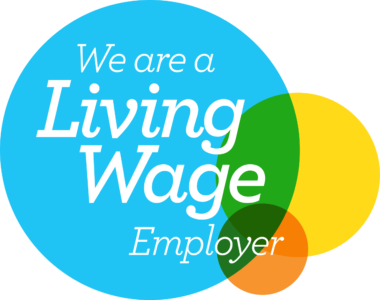In two conjoined cases, the Court of Appeal has recently considered the question of whether an employer can be held vicariously liable for the acts of its employees, when the act in question is the detriment of dismissal following a protected disclosure.
Rice v Wicked Vision Ltd [2025] EWCA
Facts of the cases
In both cases, the claimants had been dismissed and brought claims against their employers for automatically unfair dismissal under section 103A of the Employment Rights Act 1996, on the grounds that the principal reason for their dismissal was that they had made protected disclosures.
Both claimants later sought to amend their claims to include a detriment committed by a co-worker, for which the employer was vicariously liable. The claimants were alleging that their dismissal was a detriment relating to their protected disclosures. In the first claim (Wicked Vision Ltd v Rice), the EAT held that such a claim was not permitted. In the second claim (Treadwell v Barton Turns Development Ltd), the EAT decided that it was bound by a previous Court of Appeal decision (Timis and another v Osipov) and permitted the claimant to amend their claim.
Both claims were appealed to the Court of Appeal.
Court of Appeal decision
The Court decided that it was bound by the previous decision in Osipov and that both claimants could proceed with their claims for the detriment of dismissal related to their protected disclosures. Had it not been so bound, it would have reached a different conclusion, suggesting that the case might be appealed to the Supreme Court.
The Birketts view
This is a highly technical decision, which highlights the complexities of whistleblowing legislation. Employees are prevented under the statutory provisions from bringing a claim for detriment against their employer if that detriment is a dismissal (section 47B(2) Employment Rights Act 1996). However, as a result of the Court’s decision in this case (and subject to any further appeal), employers can still be found vicariously liable for a detriment caused by another employee (such as a line manager) even where that detriment is a dismissal, and even if the co-worker is not joined as a party to the claim.
The practical effect of this decision is that claimants are likely to claim automatically unfair dismissal against their employer, and also bring a vicarious liability claim against the employer for the detriment of dismissal caused by a co-worker, based on the same facts. The advantage of this is that if the claimant is unable to prove that the reason (or the principal reason) for their dismissal was that they had made a protected disclosure, meaning they cannot establish an automatically unfair dismissal, as an alternative they can attempt to argue that their protected disclosure ‘materially influenced’ the decision to dismiss. It is a lower standard of proof to establish a detriment claim than an automatic unfair dismissal, and an award of compensation for injury to feelings is potentially available in a detriment claim (but not in a claim for unfair dismissal).
Whistleblowing claims are costly and time-consuming to defend, so employers should take steps to ensure that dismissal decisions are fully considered and properly documented in order to prove that they are not linked to a protected disclosure.
The content of this article is for general information only. It is not, and should not be taken as, legal advice. If you require any further information in relation to this article please contact the author in the first instance. Law covered as at November 2025.








